Exceptional Dineley Collection of Buddhist Art offered at Bonhams
Photo: Bonhams.
LONDON.- This November, Bonhams will present the exceptional Mark and Peter Dineley Collections of Chinese, Tibetan and Nepalese Buddhist Art. Fresh to the market, the works are to be offered across a series of sales in London Knightsbridge, London New Bond Street, and Hong Kong.
This remarkable and diverse collection comprises more than 40 gilt-bronze Buddhist figures and ritual and ceremonial objects, spanning from the 16th to the 19th century. The highlight is an exceptional 17th century rare gilt copper-alloy group of Vajrabhairava and Vajravetali, estimate HK$2,500,000 – 3,500,000, to be offered in the Fine Chinese Ceramics and Works of Art sale on 26 November in Hong Kong.
The powerfully cast figure of Vajrabhairava with his consort Vajravetali stands an impressive 49cm high, and is superbly cast in great detail. Vajrabhairava is one of the most formidable deities in the Tibetan Buddhist pantheon, and this artistically exceptional figure is likely to have been made by Newar artists in Tibet.
Lot 13. An exceptionally rare large gilt copper-alloy group of Vajrabhairava and Vajravetali, Tibet, 17th century; 49cm (19 1/4in) high. Estimate: HK$2,500,000 – 3,500,000 (€ 290,000 - 400,000). Photo: Bonhams.
The exquisitely cast nine-headed Vajrabhairava, with flaming red eyebrows and bared fangs in yab-yum embracing his consort Vajravetali with three bulging eyes, standing in alidhasana above a double-lotus base, his sixteen legs are planted on row of birds and animals and rows of subdued Hindu deities including Ganesha and other animals and deities underfoot, the yidam with six fierce human faces around the central bovine head surmounted by skull crowns and a ferocious head, further surmounted by the head of Manjushri, all exquisitely adorned with elaborate jewellery inlaid with turquoise and garlands of skulls and severed heads, the thirty-four arms holding a myriad of finely detailed ritual attributes, the primary hands holding a vajra sceptre and a skull bowl with the swirling blood of enlightenment, all framed by a bold and vibrant flaming mandorla.
Himalayan Art Resources item no.16771.
Provenance: Henry Harrison Getty (1838-1919), by repute
Alice Getty (d.1946), by repute
Courtenay Morgan, Viscount Tredegar (1867-1934), by repute
Evan Morgan, 2nd Viscount Tredegar (1893-1949), by repute
Professor and Mrs Bellerby, by repute
Mark Dineley (1901-1975)
Peter Dineley (1938-2018), and thence by descent.
Note: The present figure is a masterpiece of Buddhist sculpture displaying superb casting and craftsmanship vividly exemplified on an impressive scale. The powerfully cast figure of Vajrabhairava with his consort Vajravetali belongs to a highly refined group of sculptures which include certain Nepalese, as well as Chinese and Mongolian stylistic elements, demonstrating the fruitful collaboration between China's imperial court and Tibet's monastic seats of power. Such figures were likely commissioned specifically for the Tashi Lhunpo Monastery in Central Tibet. The monastery was founded in 1447 by the first Dalai Lama and later became the traditional seat of successive Panchen Lamas; by the 18th century it was considered the most powerful and influential monastery.
Vajrabhairava, also known as Yamantaka, is one of the most formidable deities in the Tibetan Buddhist pantheon, a yidam who presides over the great tantras of the highest yoga. He is one of the principal meditation deities in the Gelug Tradition of Tibetan Buddhism founded by Tsongkhapa (1357-1419). The Gelug lineage became the dominant religious power in Tibet during the 17th century and was favoured by the Qing Court. Tsongkhapa and the Qing emperors also promoted themselves as manifestations of the bodhisattva Manjushri, thus contributing to the proliferation of images of Vajrabhairava within China. Images of Vajrabhairava, therefore, carried both religious and imperial connotations, endorsing the Mandate of Heaven of the emperor.
A fearsome manifestation of the bodhisattva Manjushri, lord of transcendent wisdom; he is surrounded by a three dimensional 'flame mandorla of wisdom' which is in the style of the Newar school. This artistically exceptional figure is likely to have be made by Newar artists in Tibet, infusing Nepalese, Mongolian or Chinese stylistic elements. A related example of a copper-alloy standing Vajrabhairava, 18th century, with a similar elaborate mandorla is illustrated in Buddhist Statues of Tibet: The Complete Collection of Treasures of the Palace Museum, Hong Kong, 2003, p.215, no.205. See also a further example of a gilt copper-alloy group of Vajrabhairava and Vajravetali, 18th century, in the collection of Detroit Institute of Arts (acc.no.2018.69).
Vajrabhairava, the Adamantine Terrifier, stands in militant alidhasana with a fan of thirty-four arms surrounding his massive bulk, wearing the six Tantric bone ornaments and the three triratna or triple-gem. The bull's head signifies Vajrabhairava's conquest of the buffalo-headed god, Yama, the lord of death in ancient Indian mythology, thus eliminating the obstacle of death (Sanskrit: yama-antaka) through the enlightened Buddhist state of transcendent wisdom.
He grasps a panoply of solidly cast attributes, magical weapons and trophies. The myriad arms and heads and trampling legs symbolise the deity's total mastery over all elements that bind sentient beings to the wheel of existence, the constant cycle of birth and death, passions, desires and fears.
The non-dual union of Vajrabhairava and Vajravetali represent the idea of totality encompassing compassion and skilful means embodied by the male and insight and wisdom associated with the female.
Compare with a related but much smaller (18.4cm high) gilt-bronze group of Vajrabhairava and Vajravetali, 18th century, which was sold at Sotheby's New York, 16 March 2016, lot 745; see also a related but much smaller (22.8cm high) gilt copper-alloy figural group of Vajrabhairava, 18th century, which was sold at Bonhams Hong Kong, 29 November 2016, lot 132.
Other highlights of the collection include:
• A rare 17th/18th century Imperial gilt-bronze figure of Manjushri, estimate: HK$500,000 - 800,000. Superbly cast with a serene expression and a gentle sway of the torso, which complements the curves of the adornments conveying a sense of movement, the statue reflects the religious beliefs of the early Qing emperors as well as the political importance of Tibetan Buddhism during this period. (Fine Chinese Ceramics and Works of Art sale, 26 November 2019, Hong Kong).
Lot 16. A rare Imperial gilt-bronze figure of Manjushri, 17th-18th century; 24cm (9 1/2in) high. Estimate: HK$500,000 - 800,000 (€ 57,000 - 91,000). Photo: Bonhams.
Exquisitely cast seated on a double-lotus pedestal with legs crossed in dhyanasana, her right hand extended in varada mudra and her left in vitarka mudra, both hands holding the stems of lotus blossoming at the shoulders supporting a book of wisdom on her left, clad in an elegant dhoti incised at the hems, fallilng in neat folds in the front, adorned with elaborate necklaces and earrings, the hair neatly tied in a high chignon above the serene face framed by an five-peaked headdress.
Himalayan Art Resources item no.16772.
Provenance: Henry Harrison Getty (1838-1919), by repute
Alice Getty (d.1946), by repute
Courtenay Morgan, Viscount Tredegar (1867-1934), by repute
Evan Morgan, 2nd Viscount Tredegar (1893-1949), by repute
Professor and Mrs Bellerby, by repute
Mark Dineley (1901-1975)
Peter Dineley (1938-2018), and thence by descent.
Note: Noted in the handwritten family 'A Catalogue of the Dineley Collection of Tibetiana and Associated Buddhistic Objects', early 1960s, p.128.
• A very large gilt bronze model of a dragon, 18th/19th century (103cm high), standing on two flaming pearls of wisdom grasped by each of its two five-clawed feet, estimate: GBP £ 8,000 - 12,000. The dragon is related to a pair of dragons in the Château de Fontainbleau which were taken from the Yuanmingyuan in 1860. (Fine Chinese Art, 7 November 2019, New Bond Street, London)
Lot 16. A very large imperial gilt-bronze repoussé model of a five-clawed dragon, 18th-19th century; 103cm (40 1/2in) high excluding horns. Estimate: £8,000 - £12,000 (€ 9,300 - 14,000). Photo: Bonhams.
The imposing beast with scaly S-shaped body standing upright with his two feet clasping two flaming pearls and clouds, with five-clawed arms raised, the head set with later stag-horn antlers above bushy brows, bulbous eyes, large flaring nostrils and jaws agape revealing sharp fangs above the wispy mane.
Property from the Mark and Peter Dineley Collections.
Note: The present lot is impressive for its magnificent size and dynamic modelling. Its size and posture strongly suggest that it would have been part of a support holding perhaps an astronomical or scientific instrument.
Compare with a large globe, supported by four dragons, Qianlong, illustrated in Life in the Forbidden City of Qing Dynasty, Beijing, 2007, pp.148-149.
Equatorial armillary on a dragon-decorated bronze stand, made by Verbiest for the Kangxi emperor; image after M.Holdsworth and C.Courtauld, Forbidden City: The Great Within, London, 2008, p.43
See also bronze dragons supporting an astronomical instrument illustrated in Forbidden City: The Great Within, London, 1995, p.43 A pair of gilt-bronze seated dragons, each with one paw resting on a ball, is in Chateau de Fontainebleau and is illustrated in Le Musee Chinois de I'Imperatrice Eugenie, Fontainebleau, 1994, fig.17.
Image after Le Musée Chinois de I’Impératrice Eugénie, Fontainebleau, 1994, fig.17 Equatorial
On display in the Forbidden City are large gilt-bronze dragon placed at hall entrances such as the one seen in situ placed in front of Cining Men guarding the entrance to Yang Xin Dian (Hall of Mental Cultivation), illustrated in Life in the Forbidden City, Beijing, 1985, p.26, fig.16.
According to Dineley family history, much of the Chinese, Tibetan and Nepalese art was originally collected in the late 19th/early 20th century by the American lumber baron Henry Harrison Getty, and was later in the collections of the 1st and 2nd Viscounts Tredegar.
Mark Dineley and his son Peter owned and ran Bapty & Co., a firm specialising in supplying arms and armour to the film industry, contributing to films such as A Bridge Too Far, Star Wars, Indiana Jones, Stanley Kubrick’s film Barry Lyndon, which won an Oscar in 1975, and Saving Private Ryan.

/https%3A%2F%2Fprofilepics.canalblog.com%2Fprofilepics%2F1%2F0%2F100183.jpg)
/https%3A%2F%2Fstorage.canalblog.com%2F03%2F02%2F119589%2F96711876_o.jpg)
/https%3A%2F%2Fstorage.canalblog.com%2F11%2F31%2F119589%2F94773502_o.jpg)
/https%3A%2F%2Fstorage.canalblog.com%2F20%2F83%2F119589%2F94772815_o.jpg)
/https%3A%2F%2Fstorage.canalblog.com%2F26%2F72%2F119589%2F75604929_o.jpg)
/https%3A%2F%2Fstorage.canalblog.com%2F59%2F60%2F119589%2F26458628_o.jpg)



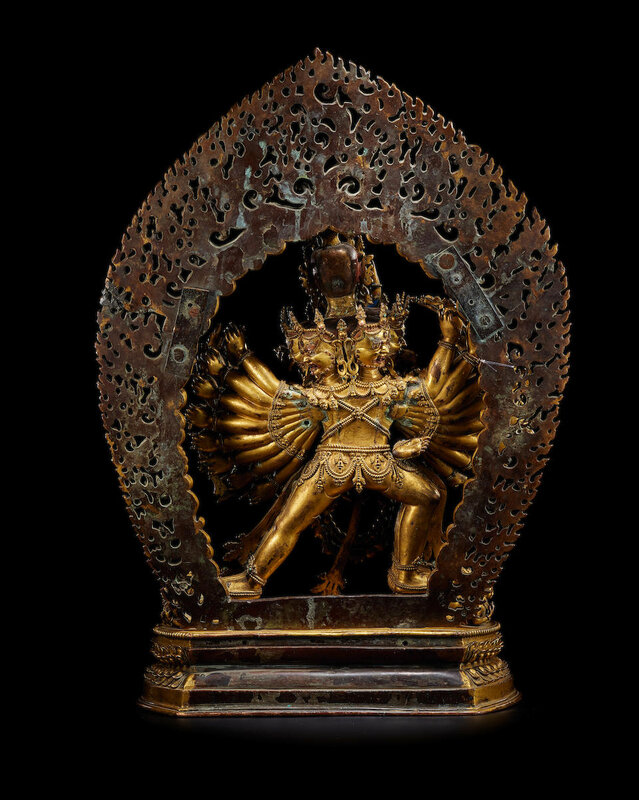
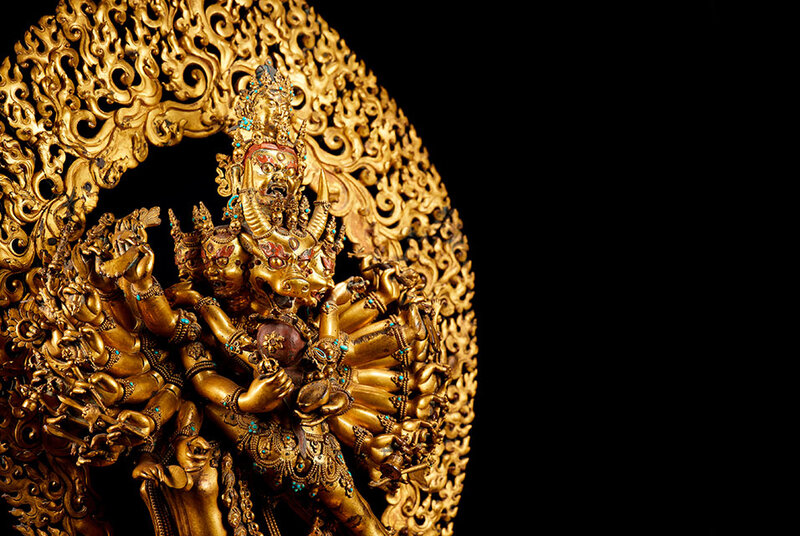
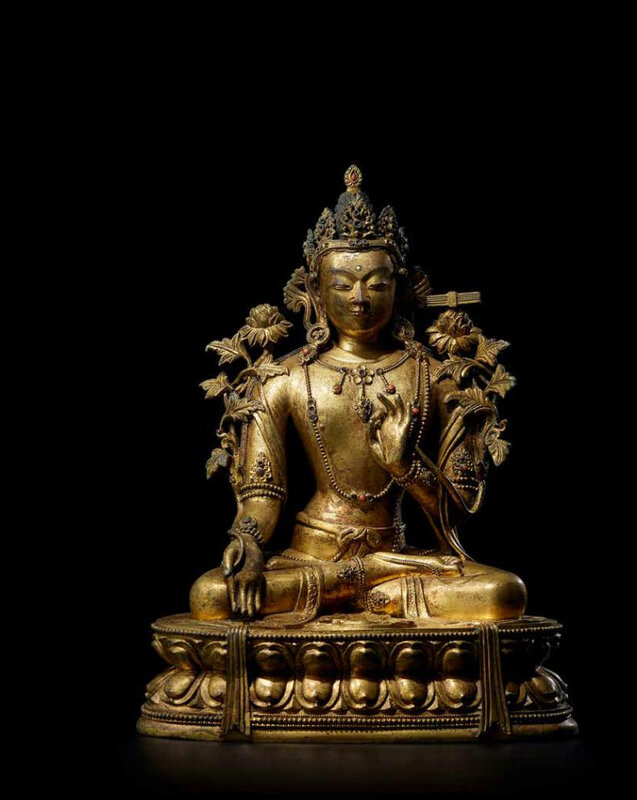

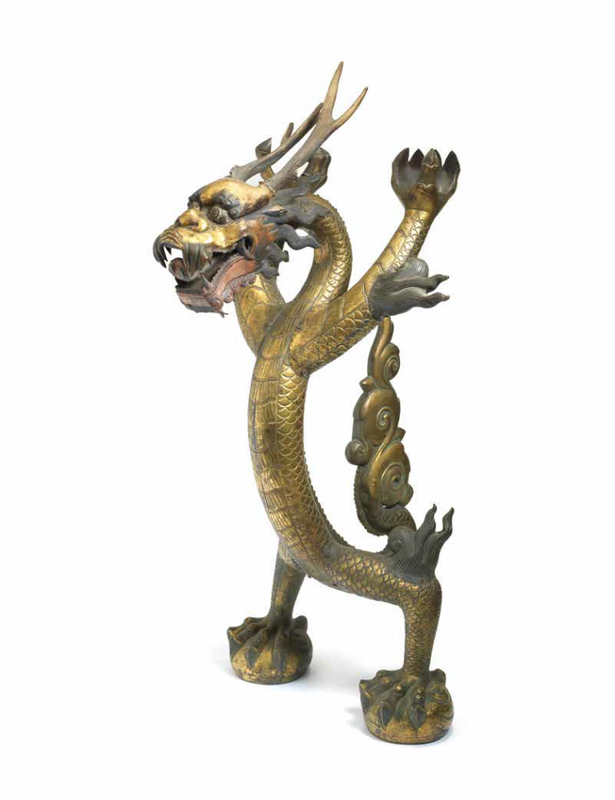
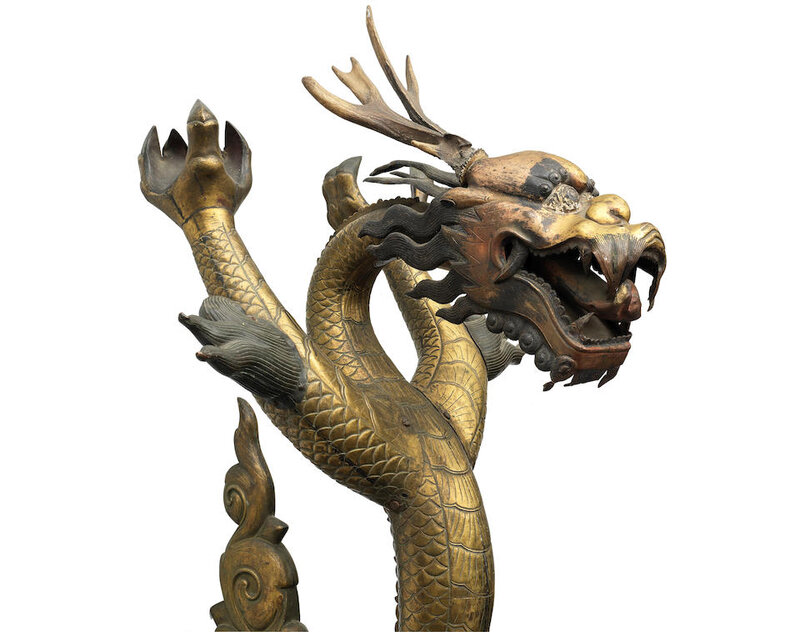
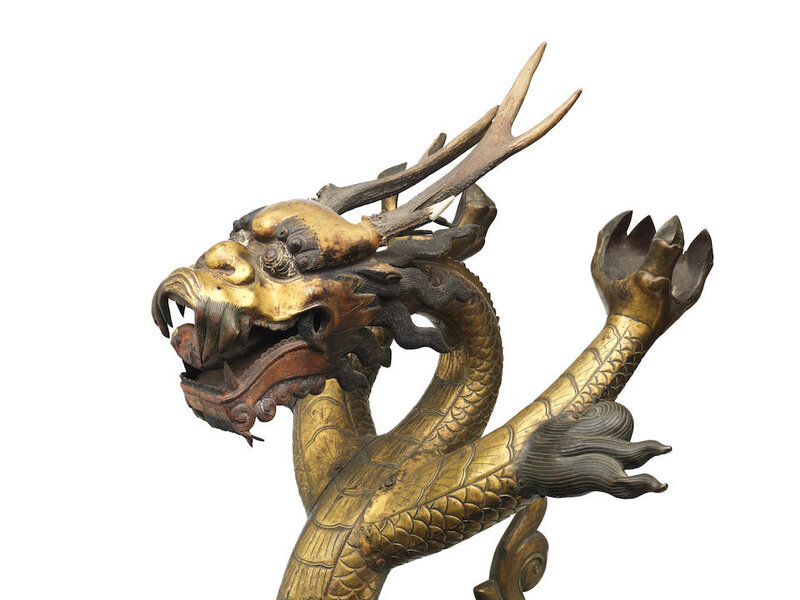
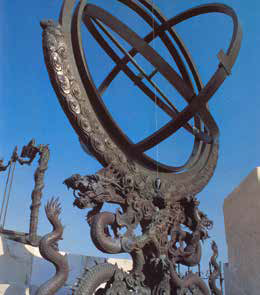
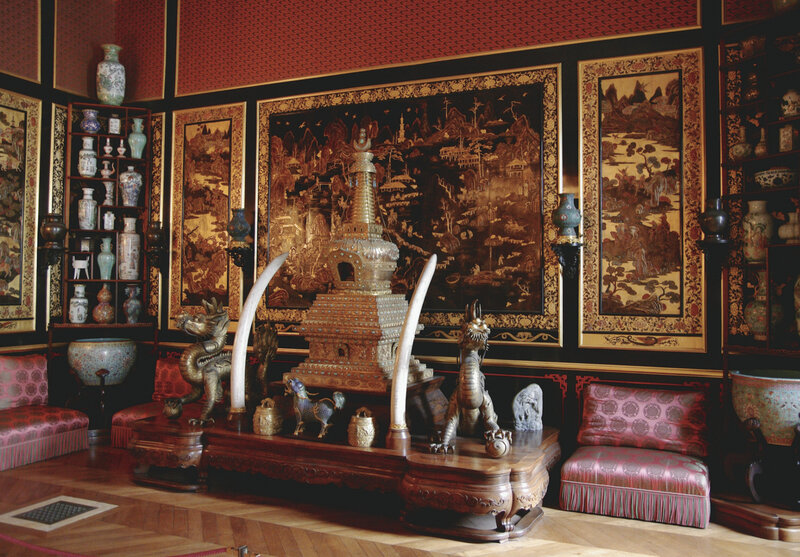


/image%2F1371349%2F20240312%2Fob_ea88cf_eaae10dd-662b-4cd0-a6db-479f99123606.jpg)
/http%3A%2F%2Fstorage.canalblog.com%2F70%2F98%2F119589%2F129701651_o.jpg)
/http%3A%2F%2Fstorage.canalblog.com%2F90%2F23%2F119589%2F129504006_o.jpg)
/http%3A%2F%2Fstorage.canalblog.com%2F93%2F01%2F119589%2F129030904_o.jpg)